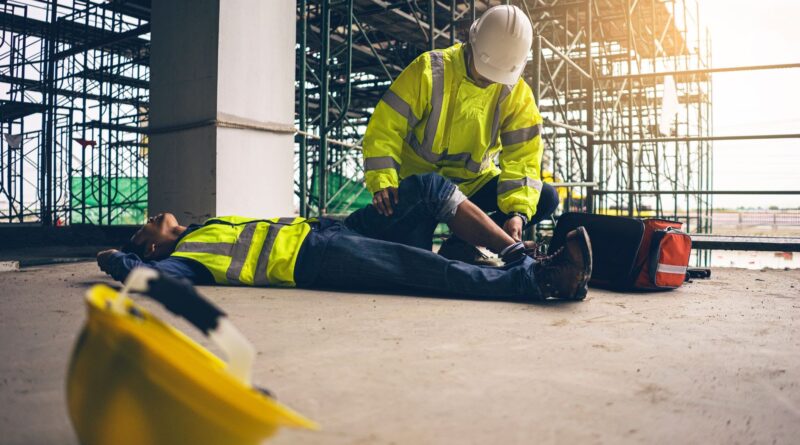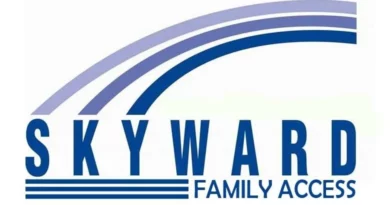A Buyer’s Guide to Road Safety Equipment for Construction and Maintenance Crews
When you’re managing a roadwork site—whether it’s a short-term maintenance job or a long-term highway upgrade—safety isn’t optional. It’s the line between a well-run site and a life-threatening hazard.
Every crew on the road needs a solid set of road safety equipment to protect workers, drivers, and pedestrians. But with so many products out there—cones, barriers, beacons, signs—it’s hard to know what’s essential, what’s optional, and what actually works.
This guide cuts through the clutter. Backed by first-hand experiences, real-world examples, and expert recommendations, we’ll show you how to choose the right equipment to ensure legal compliance, worker protection, and public safety.
Why the Right Safety Equipment Matters
A recent report from Engineering News indicates that 40% of accidents at construction sites are related to motor vehicle accidents, and a significant portion of those fatalities are related to inadequate safety measures.
Safetyxpress told us that construction crews often work close to speeding traffic, in low visibility, or at night—conditions that demand high-performance tools.
“The right equipment isn’t just about ticking safety boxes—it’s about creating predictability for drivers and protection for workers,” says Thabo Maseko, Road Safety Inspector at Gauteng Transport.
1. High-Visibility PPE (Personal Protective Equipment)
Let’s start with the basics: PPE. Every crew member should be visible from a distance.
Must-Have Items:
- High-visibility vests or jackets (Class 2 or 3)
- Reflective trousers
- Hard hats
- Protective eyewear
- Cut-resistant gloves
- Steel-toe boots
Look for garments with EN ISO 20471 certification or SANS 50471 compliance in South Africa.
Pro Tip: For night work, opt for retroreflective gear that reflects car headlights.
2. Traffic Cones and Delineators
Traffic cones are the most recognizable safety tool on the road—and for good reason.
Choosing the Right Cone:
- Minimum height: 750mm for highways, 450mm for city roads
- Weighted base: To prevent tipping from wind or passing trucks
- Reflective collars: For visibility at night or in fog
Delineators (flexible posts with reflective bands) can be used to mark long curves or merge lanes where cones aren’t practical.
3. Portable Road Signs and Signage Stands
Temporary signs warn drivers of upcoming works, speed changes, and lane closures. They should be clear, legible, and compliant with the South African Road Traffic Signs Manual (SARTSM).
Important Signs to Have:
- Roadwork ahead
- Men at work
- Stop/Go control
- Temporary speed limits
- Detour arrows
Use foldable aluminium or plastic frames for portability. Ensure they’re weighted or pegged down to prevent toppling in high winds.
4. Flashing Beacons and Warning Lights
These are critical for night work, foggy conditions, or low-light areas like tunnels or underpasses.
Types to Consider:
- LED battery-powered beacons for cones and barriers
- Rotating amber lights for maintenance vehicles
- Strobe lights for high-alert areas (e.g. closed lanes or crash zones)
5. Barriers and Barricades
Barriers help guide traffic and create physical separation between vehicles and your crew.
Options Include:
- Water-filled barriers – great for highways and heavy-traffic zones
- Steel barricades – for longer-term projects or high-risk areas
- Plastic A-frame barricades – lightweight and easy to set up
Use interlocking units for better stability, especially near curves or busy intersections.
6. Portable Traffic Signals and Stop/Go Systems
For alternating traffic on single-lane roads, manual stop/go paddles or portable traffic signal systems are crucial.
Features to Look For:
- Battery life (8+ hours per charge)
- Bright, clear LED displays
- Manual override for emergency use
- Radio control systems for larger sites
These systems help reduce miscommunication between flaggers and minimize human error.
7. Arrow Boards and Lane Merge Systems
When directing vehicles to merge or change lanes, arrow boards provide a clear, visual cue drivers recognize instinctively.
Use Them For:
- Lane closures
- Shoulder work
- Merging traffic
Opt for solar-powered units with multiple arrow modes (left, right, merge, caution). Mount them on trailers or maintenance vehicles.
8. Rumble Strips and Speed Calming Devices
Speed is the enemy of safety in work zones. Temporary rumble strips alert drivers by creating vibration and sound under the tires.
They’re ideal for:
- Entry points into work zones
- School or pedestrian areas
- Curved roads or blind corners
For long-term projects, modular speed humps may be installed to slow traffic effectively.
9. First Aid Kits and Fire Extinguishers
No crew should be without emergency preparedness gear.
Recommended Items:
- Fully stocked first aid kit (burn dressings, antiseptics, trauma bandages)
- 1kg or 2kg fire extinguisher (ABC dry powder)
- Emergency eye wash bottles
- CPR mask and gloves
Check expiry dates monthly and ensure someone on-site is trained in first aid.
10. Site Lighting for Night Work
If you’re working after dark, adequate lighting is a must—not just for productivity but for worker and driver safety.
Lighting Options:
- LED balloon lights (diffuse light for minimal glare)
- Tower floodlights (mounted on trailers for wide coverage)
- Battery-powered site lights (portable and solar-charged)
Key Takeaway
- Safety gear isn’t optional—it saves lives.
- Choose high-visibility PPE and ensure it meets standards.
- Traffic cones, signs, and lights must be visible and stable.
- Barriers, arrow boards, and rumble strips reduce risk from passing traffic.
- Emergency gear like first aid kits and fire extinguishers should be on hand at all times.
FAQs
What’s the most essential road safety item for a small road crew?
Start with high-visibility PPE, traffic cones, and temporary signage. These are foundational for all types of work zones.
How often should safety gear be inspected or replaced?
Weekly checks are recommended for most gear. Replace faded signs, cracked cones, or expired first aid supplies immediately.
Do all work sites need barriers or just cones?
Busy roads or highways should always use barriers in addition to cones. For low-speed residential areas, cones and signs may be enough.
Can you rent road safety equipment?
Yes. Many suppliers in South Africa offer rental options for signs, barriers, lighting, and traffic signal systems—ideal for short-term or seasonal projects.
Are solar-powered devices reliable?
Yes. Most solar-powered lights and boards offer 8–12 hours of runtime and recharge fully within a day. They’re eco-friendly and cost-effective over time.
By choosing the right road safety equipment and deploying it correctly, you’re not just protecting your crew—you’re earning public trust, meeting legal requirements, and keeping road users safe.




